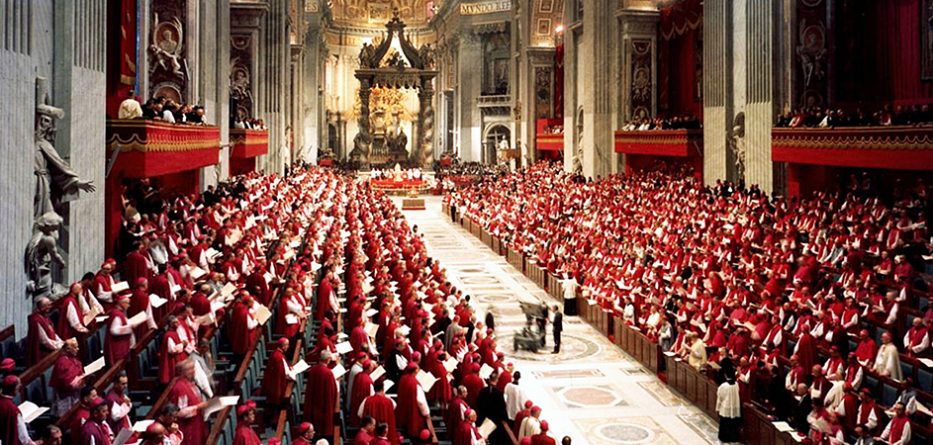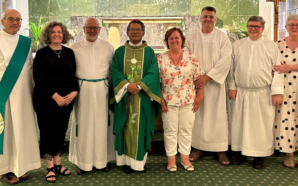The Second Vatican Council (Vatican II), meeting 1962–1965, was the most significant teaching event in the last two centuries of the Catholic Church. A new book about Vatican II aims to spur the Church to continue its transformative goals and extend its vision into the 21st Century.
The Vision of Vatican II: Its Fundamental Principles by Reverend Associate Professor Ormond Rush, from Australian Catholic University, analyses the key principles behind Vatican II and calls on today’s Church to continue the work it started.
Associate Professor Rush believes that more than 50 years on, there is still plenty of work to do to fulfil the promise of the Council. He hopes the book will prompt those in Church leadership to further its work, including through the upcoming Plenary Council.
“I want people to take away the excitement I feel for the vision of the Council but also a healthy anticipation and, indeed, an impatience for the fuller realisation of its principles,” he said.
In particular, he hopes to see more progress on challenges to clericalism and recognition of the importance of lay people to the mission of the Church — themes which were essential to the Council’s conclusions but have met some resistance since.
“One of the great challenges of the Council was to move away from a very legalistic and triumphalist vision of the Church. Two words that were leitmotifs at the Council were ‘participation’ and ‘dialogue’.”
Associate Professor Rush said the tension between clericalist and participatory views of the Church had ongoing practical implications, such as a parish priest’s style of leadership among parishioners or in dealing with local Catholic schools.
He said in the wake of the child abuse scandals which have rocked the Church, there was a new awareness of resting too much power in the Church hierarchy. “Clericalism was a word that came up repeatedly in the Royal Commission [into Institutional Responses to Child Sexual Abuse]. A lot of lay people knew what they were talking about. There can be a sense of bullying, of the image of the parish priest as someone who is all powerful and should control everything.
“I think in the wake of all the horrors that have been done, it’s emboldened lay people to say ‘We need to have a say’. People are seeing this as an opportunity for change.”
Associate Professor Rush said it was also time to address the role of women in the Church, an issue that had not penetrated the Church’s awareness at the Second Vatican Council in the early 1960s, but which extended its principles of participation in line with the social shifts of the past half century.
“There’s been so much resistance. It befuddles me,” he said. “True implementation of the principles of Vatican II would mean following those trajectories and including women,” he said.
Associate Professor Rush will continue his research on the legacy of the Council as a principal investigator in the newly created Research Centre for Studies of the Second Vatican Council. This Centre, housed within ACU’s Faculty of Theology and Philosophy, is a partnership between ACU, KU Leuven, and University of Tilburg, with an expert international advisory board.
With thanks to ACU.








